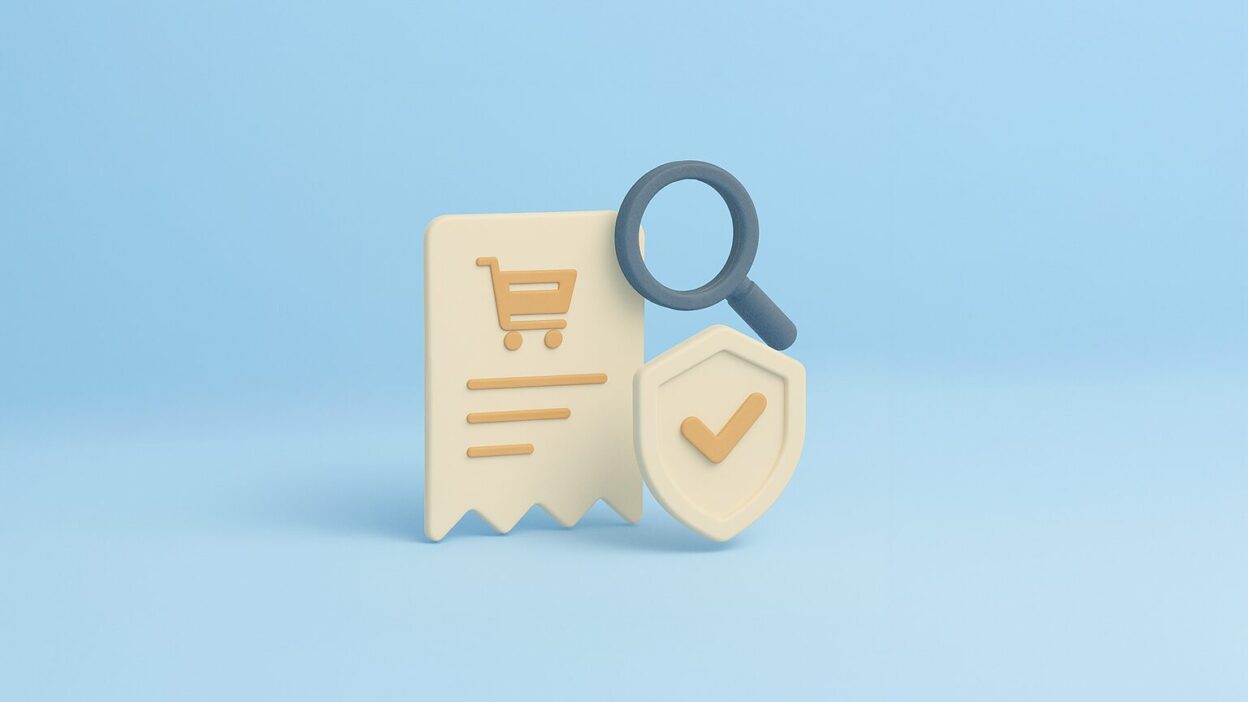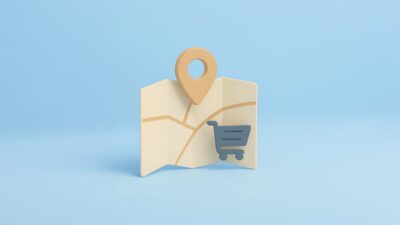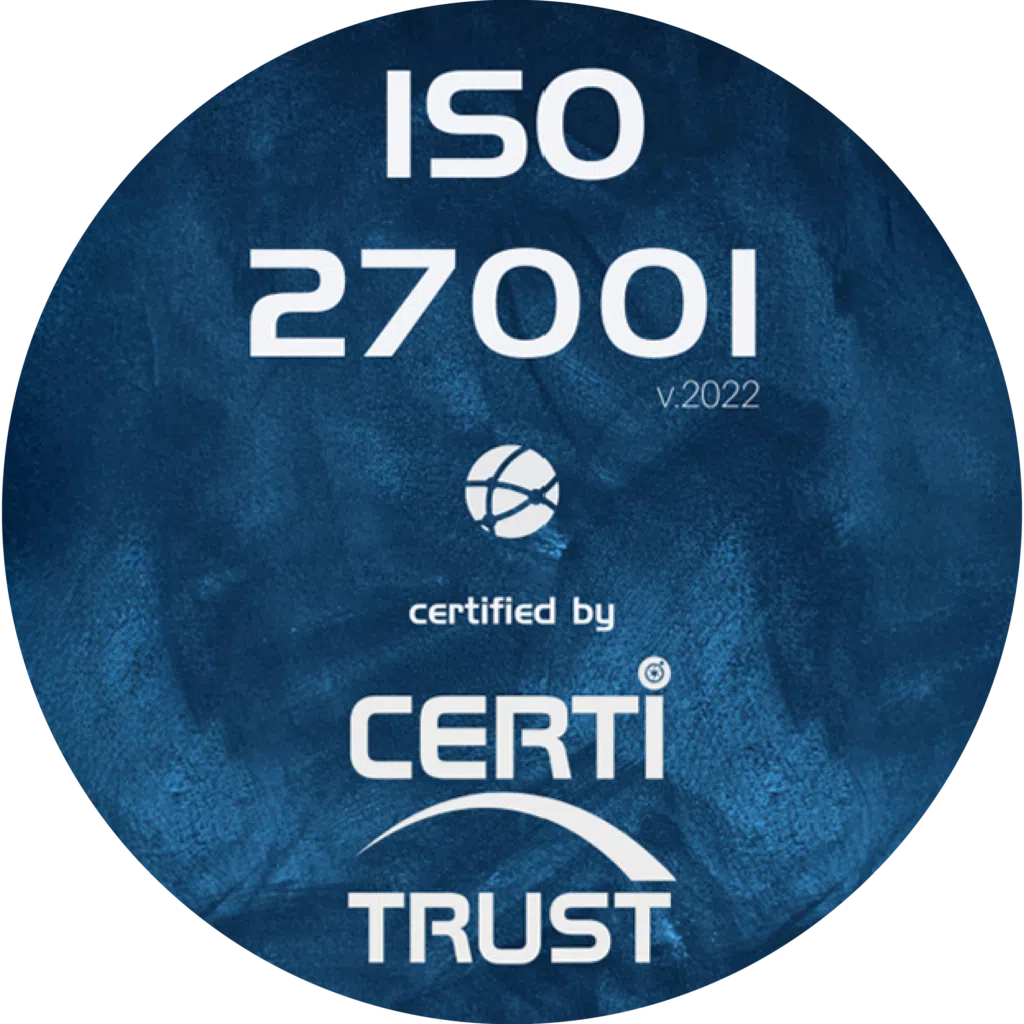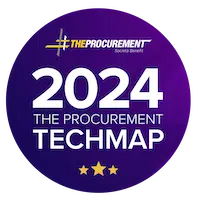Most finance managers understand how crucial it is to be financially aware in a growing organisation. Studies show that only 55% of businesses survive into their 5th year – and often this is due to a lack of financial planning and management.
A big part of good financial planning is understanding where your money is going. That’s what Spend Visibility is all about; it’s abouthaving a clear view of all the company’s spending so you can make the right decisions about where to allocate your financial resources.
Having good visibility of expenses has a number of benefits. Perhaps most importantly, it can help you identify and eliminate unnecessary expenditure. This can free up funds that can be reinvested in the business or used to improve your bottom line.
In addition, a good spend analysis can help you make better strategic decisions about where to grow and invest. By understanding your company’s spending patterns, you can identify opportunities and areas where you might be able to make money.
Are you sure you have a clear picture of all your company’s spending? If not, it may be time to re-evaluate your spend visibility strategy. In this article, we’ll take a look at the levers that may enable you to move to the next level!
What is spend visibility?
Spend visibility is the extent to which you have an overview of company funds and where they are going. When your finance team understands in real time where the company’s funds are (where they are allocated, how they are spent and what the current budget is), you have great visibility over spending. This can be achieved in a variety of ways, from detailed financial reports to software that tracks spending in real time.
The benefits of high spend visibility are numerous. A lack of visibility can lead to wasted time and money, reduced efficiency and organisational chaos. On the other hand, a company with clear visibility of spend can make better decisions about the allocation of its resources.
Each company has its own way of analysing its expenditure. For small businesses, a simple excel file that tracks income and expenditure may suffice. Larger organisations, on the other hand, may require more sophisticated tools, such as enterprise resource planning (ERP) software, because spreadsheets are no longer enough.
What is spend optimisation? Good visibility vs. no visibility
As mentioned, a company with high spend visibility is one that can easily track where money is being allocated and spent. This level of transparency enables better decision-making, as well as spend optimisation – the ability to get the most out of every euro and significantly reduce waste.
When a company has no visibility, on the other hand, it is the opposite of this. In a business with poor visibility, it’s difficult (if not impossible) to track spending in any meaningful way. This can lead to all sorts of problems, including wasted time and money, reduced efficiency and organisational chaos.
Of course, there’s also the intermediate level, where visibility isn’t perfect but it’s still better than having none at all. In these companies, it is still possible to track certain aspects of spend, although it can be more difficult to get the full picture.
Elements of spend visibility
Althoughspend analysis ultimately comes down to the financials, it’s not just about the numbers. It also encompasses the ability to see all aspects of spend, from transactions to company budgets. In order to get this overview, three essential elements are required:
- Data capture: the ability to track and record spend as it happens
- Spend analysis: The ability to make sense of spend data, for example, identifying savings opportunities
- Reporting: the ability to share results with relevant stakeholders
Together, these three elements create a perfect system that provides an accurate and complete view of the entire purchasing cycle. It all comes full circle. This visibility is essential for organisations of all sizes, enabling them toidentify inefficiencies, make better resource allocation decisions and, ultimately, optimise their spend.
Why is spend visibility important?
Did you know that only 25% of marketing managers are able to quantify their return on investment? Even more alarmingly, some studies show that 10% of every euro spent by a company is wasted. That’s one million euros worth of business wasted every second worldwide.
In other words, poor spend analysis leads to financial waste and missed opportunities, whereas good spend visibility enables Marketing Managers to make better decisions and also to know where to invest their budgets to achieve better results.


The benefits of spend visibility
Let’s go into more detail about what increased visibility can do for your business.
Identify opportunities and inefficiencies
The first benefit ofbetter spend management is that it allows you to identify opportunities and inefficiencies in your spending. For example, if you find that a particular marketing campaign is not generating the desired results, you can reallocate those resources to a campaign that is more likely to succeed.
Reduce wild spending
By better understanding where your money is being spent, you can also reduce the amount of wasted resources. This can range from optimising spend on marketing campaigns that aren’t generating the desired results to renegotiating contracts with suppliers who are no longer offering good value for money.
Optimise your marketing strategy
Visible spend can also help you optimise your overall marketing strategy. By understanding which marketing channels are most effective, you can focus your efforts on those channels that offer the best return on investment.
Streamline your business processes
Finally, tracking spend can help you streamline your internal processes. Have you implemented automated systems in your business? Or are you small enough that a simple program is all you need to track expenses? Better spend visibility will help you answer these questions and more.
Ultimately, spend management is key to making data-driven decisions about resource allocation. If you want to succeed and last up to five, ten or fifteen years in business, it’s not an option to neglect your spend visibility. So how do you go about it?
Why companies make mistakes
Although expense tracking is not a new concept, many companies are still getting it wrong. On the IT side, for example, research shows that businesses spend an average of €13,000 on software, but €4,000 is spent unnecessarily. That’s a loss of 30% of potential savings.
The reason why many companies struggle to keep track of their spending is that they don’t have the right procurement management software in place. Without the right software, it’s difficult to track and manage spend across different departments. This can lead to duplicate purchases, overspending on certain products or services and a lack of understanding of how expenses are tracked.
It can also be due to the fact that these companies still have ‘old-style’ management, and don’t necessarily want to change. Change is difficult; companies are stuck using the same recruitment agency, the same tools, the same marketing agency and the same ways of doing things. Most companies are reluctant to implement new purchasing management software, or to change their internal procedures, which could save them money.
But switching to better spend analysis can have a huge impact on a company’s bottom line. If you don’t have the right tools in place, your business can face a few problems:
- Data is misinterpreted or falls through the cracks.
New systems are designed to track spend data and identify problems. Without an automated system, your finance team is probably doing it manually, which is prone to errors. With bad data, you can’t make good decisions about where to spend your business.
- Expenses are not centralised.
When different teams buy their own products and services, it’s hard to know where the money is going. This often leads to duplicate purchases and a lack of standardisation within the company.
- There is a lack of transparency.
Management needs to know how money is being spent in order to make the best decisions on resource allocation. If each team spends money on its own (and in its own way), it becomes difficult to monitor spending within your company.
- Overspending is inevitable.
It’s obviously not ideal for a business to spend more than necessary on certain products or services, and when no one has a clear view of spending, this is more likely to happen.
In other words, a lack of clear visibility over spend can lead to a lot of waste and poor communication within a business. Implementing the right tools and procedures can help avoid these problems and improve your results.
How to get it right
We’ve seen together that poorly managed expenses and poor visibility are not things that businesses can afford to sleep on. So how can you make sure you’re doing things right?
1. Assess your needs.
Before you make any changes to the way things currently work at your company, take a step back and assess your needs. Ask your team the following questions:
- What wild buys have we made recently?
- Is there really a return on investment in our spending?
- What could we do with more qualitative data?
- How much time do you currently spend collecting and analysing spend data?
It’s also a good idea to talk to other teams in your business who may be affected by changes to your spend management system, such as accounting and marketing. What do they think of the current state of affairs? What challenges do they face in their own work? Where might they need help?
2. Automate and centralise what you can.
One of the best ways to improve spend visibility is to automate the data collection and analysis process as much as possible. Thiswill reduce the time spent manuallycollecting and sorting information, allowing you to focus on more important tasks.
The best method here is to implement new tools, such as :
- An expense management tool that automatically collects and organises your financial data
- Purchasing management software that can help streamline the ordering process
- An invoicing system that makes it easy to track and archive all invoices
- A centralised payment system that makes it easy to manage expenses, track them and save money across the business
Of course, some expense management software tools will cover more than one of these categories, and that’s just as well. If not, look for tools that can integrate seamlessly with each other to make the transition as smooth as possible.
If you’re a small or medium-sized business, you may not have the bandwidth to hire developers, but that’s okay: there are plenty of tools out there that are easily accessible.
3. Establish protocols and procedures.
No matter how tech-savvy your team is, implementing new software will always “mess things up” if there are no protocols or procedures in place. Spend some time outlining how the new tools are to be used, who is responsible for what and what happens when things go wrong.
This document should be circulated to all members of your team, as well as to outsiders who will be affected by the changes. It’s also a good idea to set up training sessions, both for those who will be using the new tools and for those who need to understand the data they are working with.
4. Be ready for change.
Implementingpurchasing management software can be a major internal upheaval, and it’s natural for there to be some resistance from team members who are used to the way they work, and don’t necessarily want to change. It’ s important to be prepared for this and tohave a plan for resolving any problems that may arise during the implementation.
The best way to overcome this resistance to change is to show team members the benefits that will come with using these new tools. Explain how it will work, and how it will make their day-to-day tasks easier. Set up training sessions and be available to answer any questions they might have.
Remember, when it comes to expense management, a forward-thinking, innovative company will always come out on top. With these steps in place, you’ll be well on your way to improving the visibility of your spend – and all the benefits that come with it.
Want to learn more about our Weproc procurement management software?
Contact us or request your 15-minute demo below!









